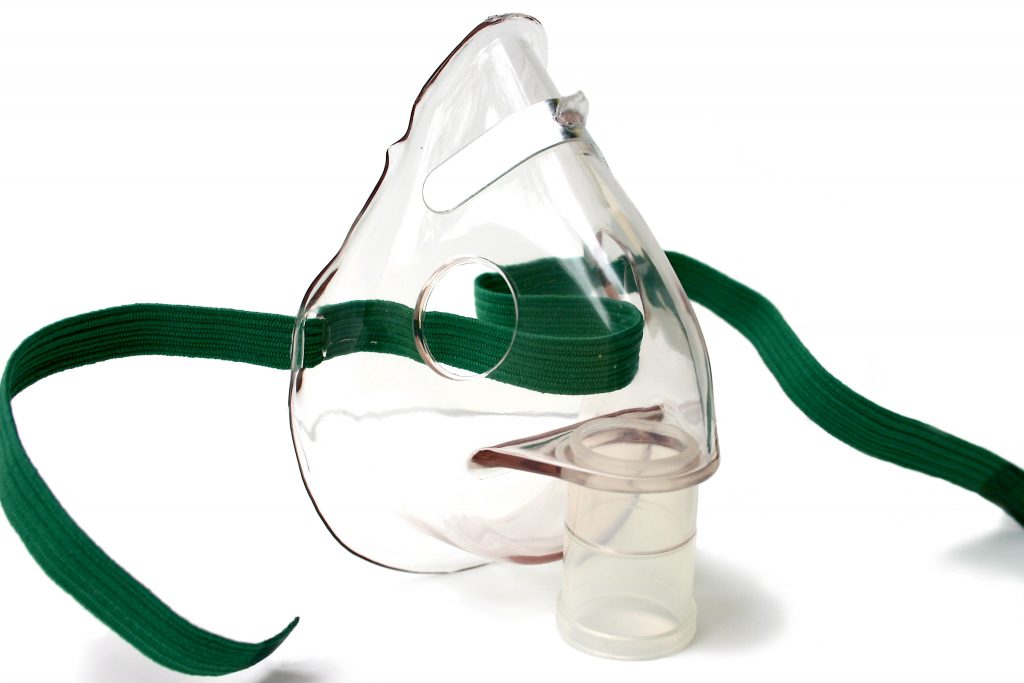These are all the changes for documents on Company Organization And Management In General Including Legal Aspects And Risk Management. A complete list of these standards can be found here.
- BS-3138 (Withdrawn) – Glossary of terms used in management services
- BS-3375-1 (Withdrawn) – Management services. Guide to organization study.
- BS-3375-2 (Withdrawn) – Management services. Guide to method study
- BS-3375-3 (Withdrawn) – Management services. Guide to work measurement
- BS-3375-4 (Withdrawn) – Management services. Guide to work performance control
- BS-3375-5 (Withdrawn) – Management services. Guide to determination of exposure limits, recovery times and relaxation times in work measurement
- BS-45002 SERIES KIT (2020) – Occupational health and safety management systems
- BS-EN-ISO-22313 (2020 Edition) – Security and resilience. Business continuity management systems. Guidance on the use of ISO 22301
- BS-ISO-22392 (2020 Edition) – Security and resilience. Community resilience. Guidelines for conducting peer reviews
- BS-ISO-22468 (2020 Edition) – Value stream management (VSM)
- BS-ISO-31000-TC (2018 Edition) – Tracked Changes. Risk management. Guidelines
- BS-ISO-45001/BS-45002-0 (2018 Edition) – Occupational health and safety management systems. Requirements with guidance for use. General
- ISO-22313 (2018 Edition) – Security and resilience – Business continuity management systems – Guidance on the use of ISO 22301
- ISO-22370 (1st Edition) – Security and resilience – Urban resilience – Framework and principles
- ISO-22392 (1st Edition) – Security and resilience – Community resilience – Guidelines for conducting peer reviews
- ISO-22396 (1st Edition) – Security and resilience – Community resilience – Guidelines for information exchange between organizations
- ISO-22468 (1st Edition) – Value stream management (VSM)
- ISO-55002 SPANISH (2nd Edition) – Asset management – Management systems – Guidelines for the application of ISO 55001 [Standard in Spanish]
- ISO-56000 (1st Edition) – Innovation management – Fundamentals and vocabulary
- ISO-56002 SPANISH (1st Edition) – Innovation management – Innovation management system – Guidance [Standard in Spanish]
- JIS-Q-9026 (2016 Edition) – Performance improvement of management systems — Guidelines for Daily Management
- PD-ISO-22370 (2020 Edition) – Security and resilience. Urban resilience. Framework and principles
- SIS-ISO/TR-44000 (2019 Edition) – Principles for successful collaborative business relationship management
- SIS-ISO/TS-55010 (2019 Edition) – Guidance on alignment of asset management, finance and accounting
- SS-EN-ISO-22301 (2014 Edition) – Security and resilience – Business continuity management systems – Requirements (ISO 22301:2019)
- SS-ISO-44002 (2019 Edition) – Collaborative business relationship management systems – Guidelines on the implementation of ISO 44001 (ISO 44002:2019, IDT)
- SS-ISO-56000 (2020 Edition) – Innovation management – Fundamentals and vocabulary (ISO 56000:2020, IDT)
If you would like to search other standards by subject, go here

